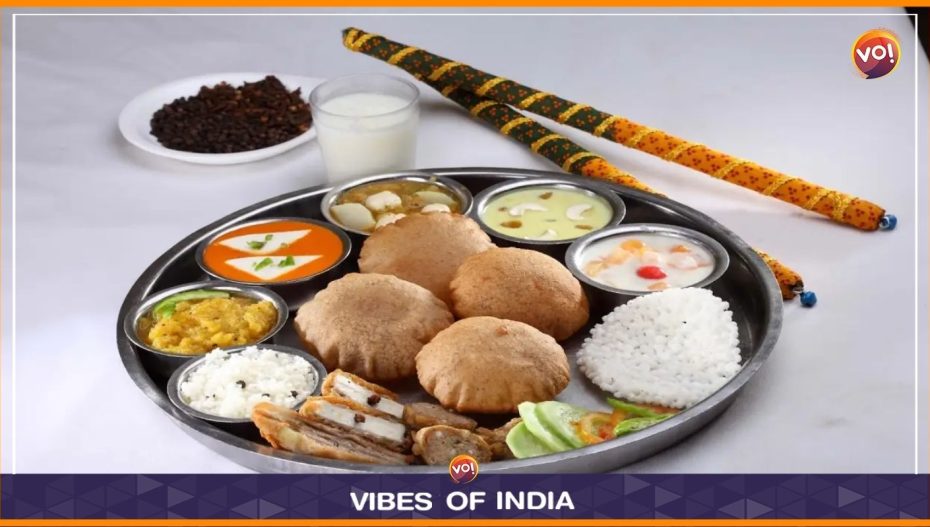The world is set to commemorate World Food Day on October 16, a day dedicated to raising awareness about food security, nutrition, and eradicating global hunger. Simultaneously, India is gearing up for the nine-day festival of Navratri, where fasting and feasting play a significant role. On this dual occasion, let’s explore the intersection of global nutrition and traditional Indian cuisine by discovering the best foods for Navratri.
World Food Day: A Global Perspective
World Food Day, established by the United Nations in 1981, focuses on food security and adequate nutrition. It aims to raise awareness about the global hunger crisis and the need to ensure everyone has access to safe and nutritious food.
This year, the theme of World Food Day is “Our Actions Are Our Future: Better Production, Better Nutrition, A Better Environment, and a Better Life.” It emphasizes sustainable food production practices, the importance of a balanced diet, and their environmental impact. These messages are more crucial than ever in a world facing climate change and overconsumption.
Navratri and Traditional Indian Cuisine
Navratri, the Hindu festival celebrating the goddess Durga, is marked by fasting, prayer, and the consumption of specific foods. While fasting, devotees abstain from non-vegetarian and staple foods like grains and onions. Instead, they indulge in various nutritious ingredients that are both delicious and suitable for fasting.
Best Foods for Navratri
- Singhara (Water Chestnut): Singhara is a common fasting ingredient in India. It is rich in nutrients and versatile in its culinary applications, making it perfect for Navratri dishes like Singhara Atta puris and Singhara Paranthas.
- Buckwheat (Kuttu): Kuttu is a gluten-free grain packed with protein, fibre, and essential minerals. It’s commonly used to make Kuttu ke parathe and Kuttu ki puri.
- Sabudana (Tapioca Pearls): Sabudana is a fasting favourite and a rich source of carbohydrates. Dishes like Sabudana Khichdi and Sabudana Vada are popular during Navratri.
- Potatoes: Potatoes are a versatile and filling option for fasting recipes. You can prepare dishes like Aloo Tikki and Vrat ke Aloo using this starchy vegetable.
- Milk and Dairy Products: Milk, yoghurt, and paneer are excellent sources of protein and calcium. They can be used to prepare sweets and beverages for Navratri.
- Fruits and Nuts: A variety of fruits like bananas, apples and dry fruits like almonds and cashews can provide energy and nutrients during fasting.
- Rock Salt (Sendha Namak): Since regular table salt is avoided during fasting, rock salt is used to season dishes, ensuring they remain flavorful.
Fusion of World Food Day and Navratri
Celebrating World Food Day and Navratri in unison allows us to appreciate the role of nutritious foods in our lives. The fasting traditions of Navratri demonstrate that a balanced diet can be both healthy and culturally significant. As we observe these two events, let us remember that good nutrition is essential for individuals and communities alike, and it plays a pivotal role in achieving a hunger-free world.
On this World Food Day and during the Navratri festival, let’s enjoy the delectable dishes and reflect on the global importance of food security and nutrition, recognizing the power of food to nourish our bodies, minds, and the planet.
Also Read: Cotton Sowing Trumps Groundnut Acreage This Kharif Season













